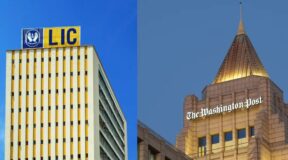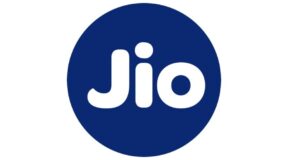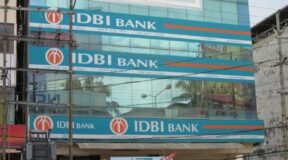 Public sector banks (PSBs) are trading lower despite Crisil’s latest report has said that gross non-performing loans (GNPAs) of banks may reduce to 8% by March 2020.
Public sector banks (PSBs) are trading lower despite Crisil’s latest report has said that gross non-performing loans (GNPAs) of banks may reduce to 8% by March 2020.
State Bank of India is currently trading at Rs. 355.85, down by 0.65 points or 0.18% from its previous closing of Rs. 356.50 on the BSE. The scrip opened at Rs. 355.55 and has touched a high and low of Rs. 357.90 and Rs. 354.85 respectively. So far 188524 shares were traded on the counter.
Bank of India is currently trading at Rs. 86.05, down by 0.45 points or 0.52% from its previous closing of Rs. 86.50 on the BSE. The scrip opened at Rs. 86.50 and has touched a high and low of Rs. 87.15 and Rs. 86.00 respectively. So far 166562 shares were traded on the counter.
Punjab National Bank is currently trading at Rs. 76.80, down by 0.30 points or 0.39 % from its previous closing of Rs. 77.10 on the BSE. The scrip opened at Rs. 77.20 and has touched a high and low of Rs. 77.85 and Rs. 76.80 respectively. So far 414593 shares were traded on the counter.
This will be driven by a combination of a reduction in fresh accretions to NPA as well as stepped-up recoveries from existing NPA accounts. NPA in the banking system had peaked at 11.5 percent in March 2018 and then declined to 9.3 percent in March 2019.
The report stated that public sector banks (PSBs), which account for over 80 percent of the NPAs in the system, should see their gross NPAs decline over 400 bps to close to 10.6 percent by March 2020 from a peak of 14.6 percent in March 2018. Slippages have been on the wane since last fiscal and the rate of accretion of fresh NPAs halved in FY19 to 3.7 percent compared with 7.4 percent in the previous fiscal and is expected to drop to around 3.2 percent in FY20.
This is mainly because banks have already recognised around Rs 17 lakh crore of stressed loans as NPAs since FY16, led by accelerated NPA recognition following the Reserve Bank of Indias (RBIs) stringent norms and asset quality reviews. Besides, it said the resolution of some large NPA accounts under NCLT-1 and NCLT-2 is expected to fructify by the end FY20.




